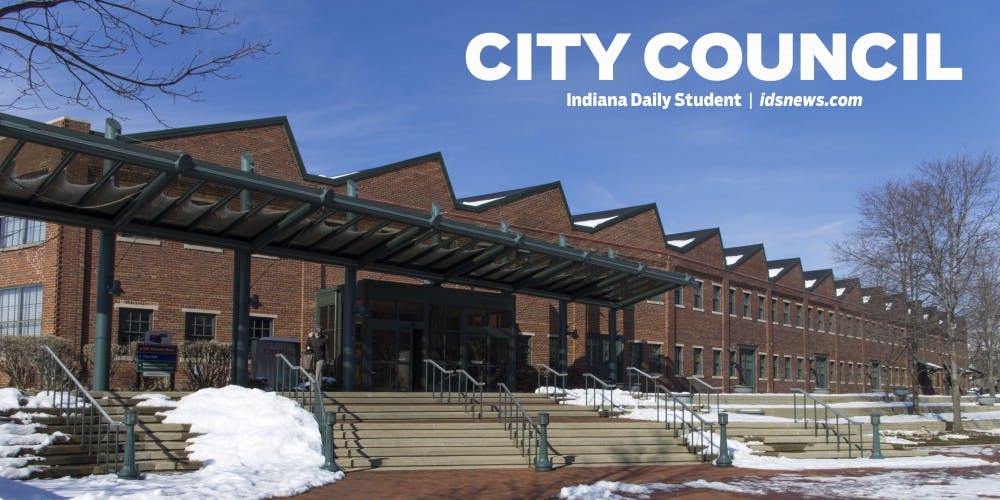City council adopted Bloomington’s inaugural Sustainability Action Plan on Wednesday, which outlines priorities and action items to guide the community’s sustainability efforts for the next five years.
Council members wrestled with how well the plan addressed the three pillars of sustainability, namely environmental, economic and social.
“The challenge is to see it all for what it is — truly interconnected and truly defined within this large concept of sustainability,” council member Andy Ruff said.
The plan outlines 33 measurable goals spread across eight core focus areas: climate change and adaptation, energy and the built environment, transportation, local food and agriculture, waste, water, ecosystem health and city operations.
Each section also specifies three suggestions for individual-level actions.
The city and consultants Gnarly Tree Sustainability Institute spent eight months developing the plan, said Stephanie Richards, managing principal of Gnarly Tree Sustainability Institute. Its development was inspired by the Bloomington Comprehensive Plan, a long-range community planning document through 2040.
More than 200 community stakeholders were involved in the process, Richards said.
The plan advises the community to reduce greenhouse gas emissions by 11 percent of 2016 levels by 2023. Assistant director of sustainability Autumn Salamack said this goal is doable, but will take serious effort.
“We’ve set goals within this plan to try to be pushing the envelope, but also based on reality,” Salamack said.
Another goal involves diverting from the landfill at least 40 percent of residential waste collected by City Sanitation by 2023.
City council member Stephen Volan said he was concerned the plan lacked appropriate discussion of economic sustainability.
“We need to be thinking in a more integrated way about economic, environmental and social matters,” Volan said.
Economic and environmental activities are often seen as competing interests, Ruff said. However, environmental improvements can aid businesses, he said, and can benefit lower-income people who cannot otherwise pursue such amenities.
Salamack said economic sustainability and social equity were addressed in each goal, and increased focus on all three components will come with time.
“It’s a really, really great start,” Salamack said.
The department will start evaluating the plan’s feasibility in about three years, Salamack said. From then on, the plan will be reassessed every five years.
The department will put out an annual sustainability progress report identifying challenges and successes related to the goals, Salamack said.
The plan passed unanimously.




